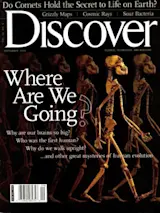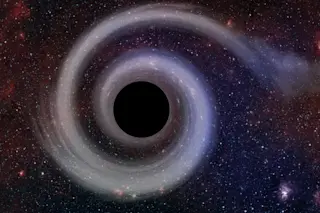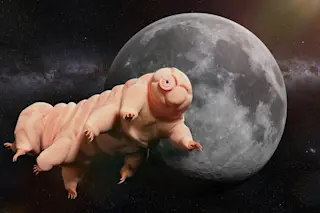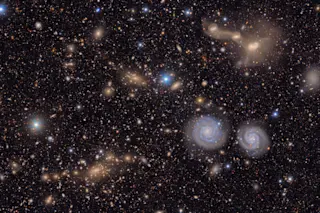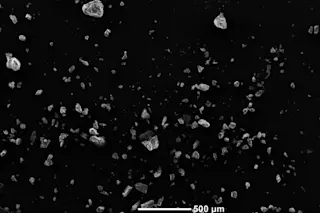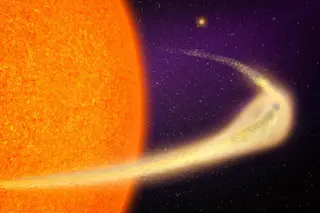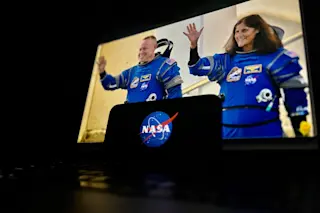In January 2002 British artist Susan Collins presented curators at the Tate Museum in London with a proposal for an art gallery in Earth orbit. She meant it as a provocative work of fiction: "At the time, the Tate was opening a slew of satellite museums in the U.K. I thought, 'Why not a literal satellite?'" But something curious happened: Everyone seemed to like the idea. The Tate placed the proposal on the museum's Web site, and Collins asked three architecture firms to propose designs for an orbiting museum (see www.tate.org.uk/space). The firms quickly warmed to the task. ETALAB, based in London and New York, drew up elaborate plans for a flexible, amoeba-shaped structure that included a float-through gallery in the middle, telescopic windows to magnify distant planets, and outer rooms in which visitors could experience different amounts of simulated gravity. Softroom, a British design house, was more pragmatic, suggesting ...
More on Discover
Stay Curious
SubscribeTo The Magazine
Save up to 40% off the cover price when you subscribe to Discover magazine.
Subscribe

